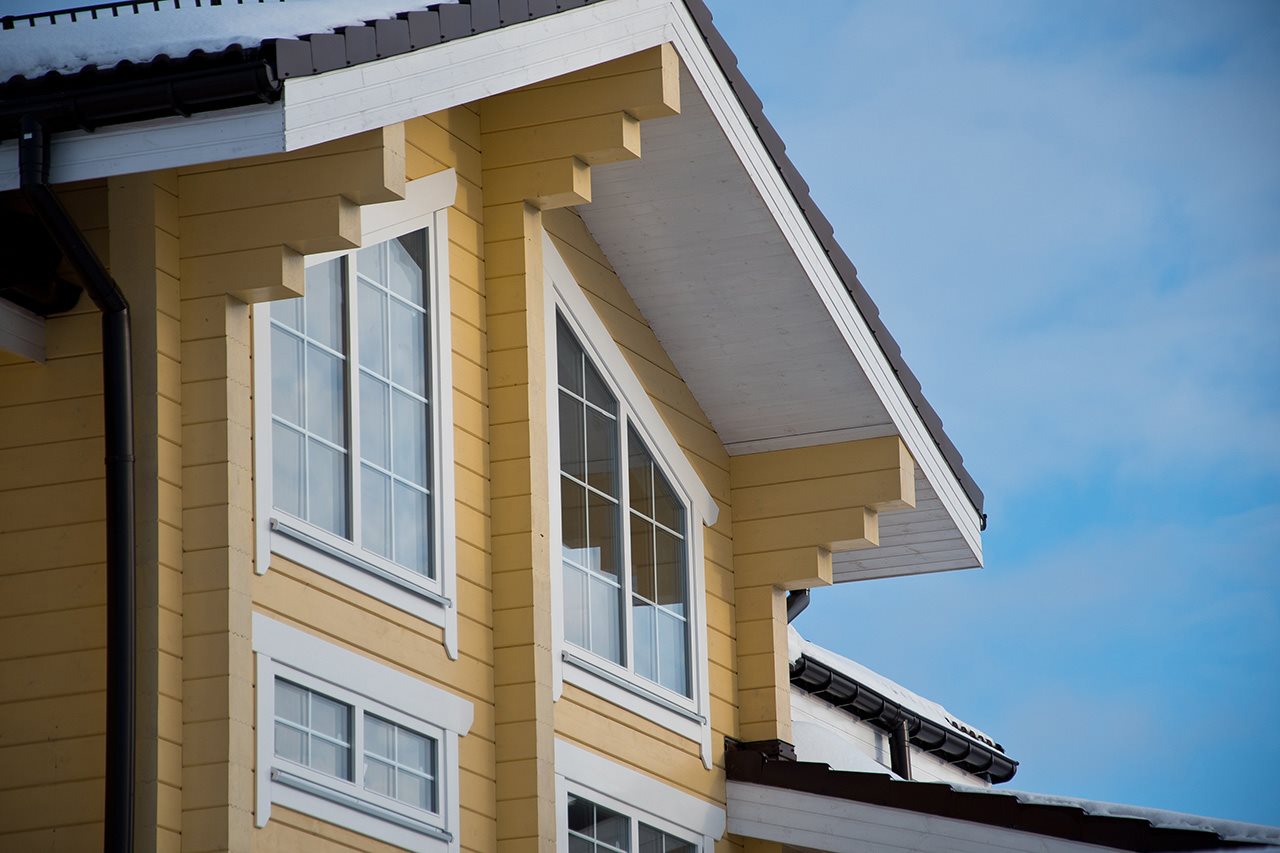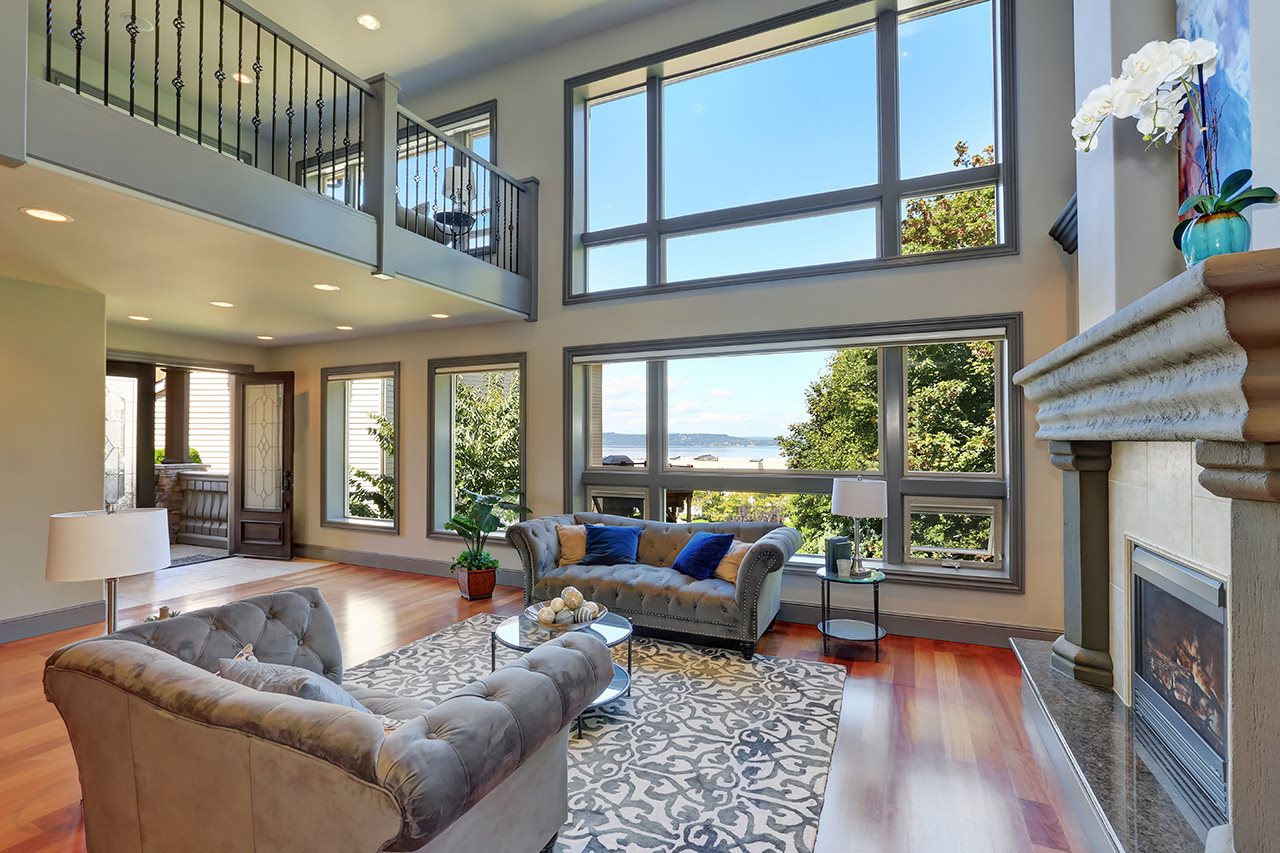FAQs: How can vinyl help address today’s housing challenges?
(BPT) - By Ned Monroe
From the front facade to under our feet to behind the walls, vinyl products are a key component in many of today's homes. And for good reason: Vinyl is affordable, durable and low maintenance, with the ability to be used in several different applications, among many other benefits. Some vinyl products can even be reused or recycled to make new products. These attributes are more critical than ever as the U.S. faces a number of challenges, including housing shortages, displacement from natural disasters and rising costs.
Whether you're buying a new home, considering a remodel or just want to update your aesthetic, here's what to know about choosing vinyl for your home.
Q: How many different ways can vinyl be used in today's homes?
A: Most of us think first about vinyl for siding. And it's no wonder: Vinyl siding offers durability against wind, moisture and insects; requires little maintenance; and comes in a range of styles and colors. In fact, vinyl siding recently surpassed stucco as the country's most used primary exterior wall material, according to the U.S. Census Bureau and the National Association of Home Builders.

And vinyl is a go-to material for many other products used to build long-lasting homes. These include:
- Decking, fencing and railing: Vinyl decking, fencing and railing materials resist splintering and rot, are not susceptible to insects, and require no staining or painting over the years.
- Windows & doors: Vinyl windows and doors provide the ideal combination of low cost, high performance and beautiful profiles. Plus, their multi-chambered frames improve insulation.
- Flooring: Vinyl flooring is also known as "resilient" flooring, and for good reason: It is moisture resistant, and it withstands heavy foot traffic and frequent cleaning.
- Wall coverings: Durability is critical for walls, and vinyl wall coverings provide scratch resistance and washable designs that are as well-suited not only for homes but for high-traffic spaces, including healthcare facilities.
- Wire & cable: Behind the walls, vinyl plays a critical role in how our homes run by providing insulation and jacketing for wires and cables. Vinyl electrical products provide excellent properties at low cost, and are particularly well suited to meet the concurrent electrical and fire safety requirements that are necessary for safe building design.
- Pipes & plumbing: Vinyl pipes, known commonly as PVC pipes, have been a trusted product for more than 70 years, thanks to their durability, safety and reliability.
Q: Are there specific ways today's vinyl can make housing more affordable and resilient overall?
A: U.S. homebuyers and homeowners have been facing a number of critical challenges in recent years, stemming from decreased affordability and availability of housing stock, and increasing frequency of natural disasters. As builders look to build more efficiently and affordably to meet demand, as well as to rebuild in areas impacted by extreme weather, vinyl provides key support.
- Affordability & availability: Vinyl is one of the most affordable building materials while still offering long-term performance and durability, so choosing vinyl products like siding helps builders keep home prices more manageable. Many vinyl building materials are manufactured in the U.S., helping to ensure ready availability even when global supply chains become strained or face tariff uncertainties.
- Ease of installation: Finding workers is one of homebuilders' biggest challenges. Vinyl products like windows, siding, flooring and decking offer straightforward installation that is easy to learn and master so contractors can move from project to project efficiently. This feature, combined with vinyl's ready availability, is also critical for areas like Southern California and Western North Carolina, where there is urgent need for mass rebuilding in the wake of recent natural disasters.
- Aesthetics: No amount of affordability or ease of installation will replace eye-catching aesthetics - and vinyl answers that call, as well. Whether on the home exterior or inside underfoot, vinyl finish materials deliver beauty, timeless style and versatile options to achieve a look you'll love.
Q: Can I find the style I'm looking for in vinyl products?
A: You absolutely can. Across major product categories, vinyl's versatility has opened the door to a vast array of looks. This is particularly important in larger communities where the houses have a similar, cohesive aesthetic. For example, builders can use the same vinyl siding materials and brands while mixing up colors and profiles to ensure each home is unique. Homeowners can give their facades a facelift by re-siding or changing windows and doors in a completely new style while still retaining affordability and low maintenance. On the interior, the latest technologies in modern production and printing allow for floor and wall coverings that emulate nearly any material or design. The options are endless to achieve a desired look.
Q: Is it true you can recycle PVC?

A: Good news: Vinyl materials are a sustainable choice for a variety of reasons, including:
- Recyclability: Many vinyl materials can be recycled or reused to make new, durable products. Indeed, a survey of PVC recyclers in the U.S. and Canada has shown that 1.1 billion pounds of PVC is being recycled in these regions annually.[1] The Vinyl Institute is helping to increase these opportunities through its VIABILITY recycling grant funding program, which invests in companies seeking to increase recycling collection streams and ease takeback efforts so that more end-of-life vinyl material can be diverted from landfills and become valuable in new ways.
- Resilience: Materials that are durable don't need to be replaced as often, therefore helping to cut down on waste and the need for new materials. Vinyl fits this bill well, delivering reliable longevity that stands up to day-to-day life. It's also low maintenance, eliminating the need for paints and stains, and is easy to clean.
- Life cycle and carbon footprint: A life cycle assessment carried out by Sustainable Solutions Corporation revealed that from a life cycle and carbon footprint perspective, PVC pipe has lower environmental impacts - lower embodied energy, lower use-phase energy and longer life attributes - compared to materials like iron, cement and clay. When considering the impacts throughout the product life cycle, PVC pipes require much less energy to manufacture and transport, and they can operate for more than a century and need fewer replacements over their lifetime.
Explore the Possibilities Vinyl Brings for Your Home
Whether visible from the street or keeping the electricity humming behind the walls, vinyl products are a reliable, affordable option as a building material for your home - and look beautiful, as well. As you consider future projects, large or small, look to vinyl to meet your needs indoors and out.
Read more about how vinyl materials are used in construction and about vinyl's role in housing policies.
Ned Monroe is CEO of the Vinyl Institute. Learn more at www.vinylinfo.org.
[1] Nasr, Nabil, ed. Technology innovation for the circular economy: Recycling, remanufacturing, design, system analysis and logistics. John Wiley & Sons, 2024.
More News
View More




Recent Quotes
View More
Quotes delayed at least 20 minutes.
By accessing this page, you agree to the Privacy Policy and Terms Of Service.